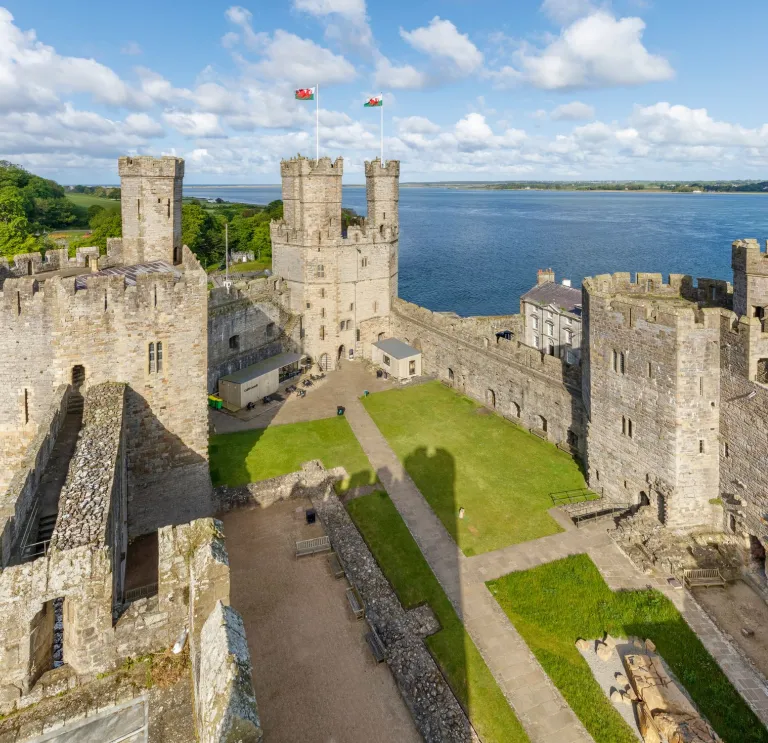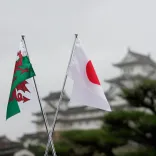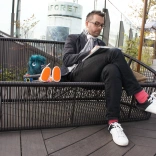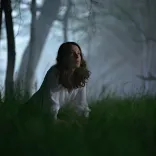Thanks to its enchanting and heartwarming stories like Spirited Away, My Neighbor Totoro and Ponyo, Tokyo-based animation studio, Studio Ghibli, has evolved from a beloved national name in Japan to an internationally celebrated production house, known world over for its fantastical creations.
While the endearing landscapes and characters found in its films may seem otherworldly, you might be surprised to know the inspiration behind one of Ghibli’s most famous films is rooted in reality and can be traced back to Wales.
Shortly after it was founded in 1985 by Hayao Miyazaki, Isao Takahata and Toshio Suzuki, Studio Ghibli set about creating its debut animated film, Laputa: Castle in the Sky, which was inspired by Miyazaki's trips to Wales after the renowned filmmaker and animator had visited the country twice in the year prior.
During his time in the South Wales valleys, Miyazaki witnessed the aftermath of the 1984–1985 coal miners' strike and was moved by the struggles of the Welsh miners who fought so desperately to protect their livelihoods. Their experiences mirrored the plight of Japanese coal miners in his home country and Miyazaki sought to capture their resilience in Laputa, honoring the tightly knit mining communities that were rapidly fading away on both sides of the world.
Miners emerge as heroes in the film as they help the two main characters to escape from the villains. Miyazaki’s depiction of their village, made up of rows of little houses hugging the hillsides, was based on the ones he saw in the mining valleys of South Wales.
But, it wasn’t just the film’s storyline that took inspiration from Wales. In fact, elements of its very design were also drawn from the Celtic nation. While on his Welsh travels, Miyazaki had the opportunity to explore three iconic castles - Caerphilly Castle, Caernarfon Castle, and Powis Castle. He was so taken with the medieval constructions that he used them as inspiration for the design of Laputa castle.
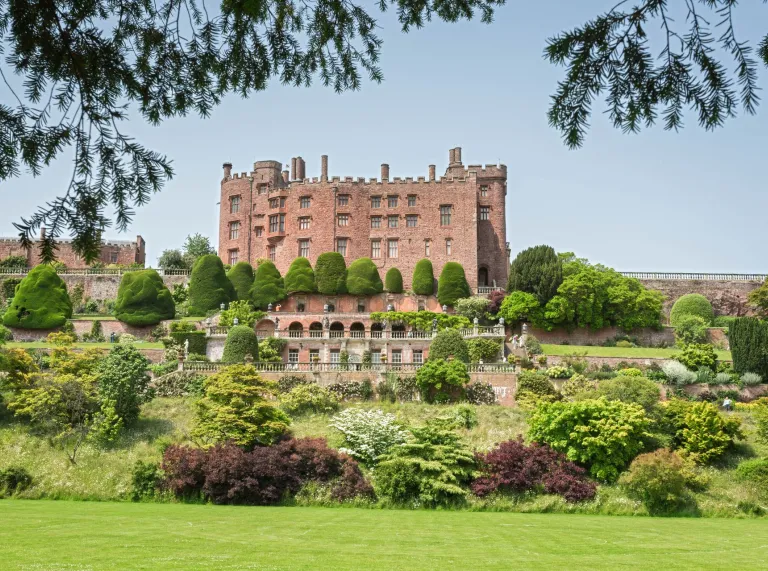
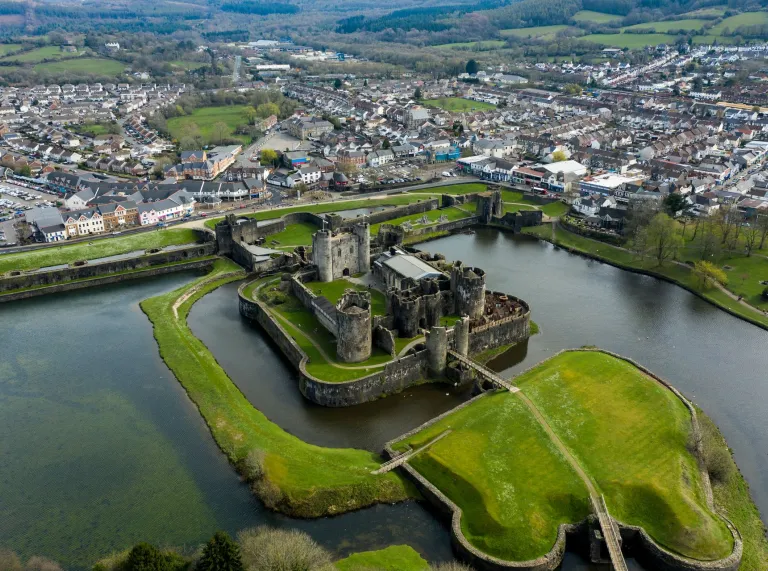
And, it would seem that Miyazaki’s affinity for Wales remained with him long after his trip, with the country influencing a future film too. Studio Ghibli’s 2004 animation, Howl’s Moving Castle for example, was based on a fantasy book by Diana Wynn Jones, an author who was raised in Wales during World War II. Jones’ book explores the magical story of a Welshman who becomes a wizard by entering another world, at one point returning to our world to visit a modern house in Swansea.
Although Miyazaki’s film lifts Jones’ world into an imaginary land and moves away from the original source material – the backdrop of Wales is apparent with images of rich green spaces, quaint villages, and rolling hills featured throughout.
The wizard, Howl, also even briefly speaks Welsh within the English language version of the film – a rare instance of Welsh being heard in an anime - in a nod to the story’s Welsh heritage.
It’s also possible that some smaller elements in Studio Ghibli’s other works were inspired by Welsh culture, myths and legends. Many of the films feature themes of resilience, community, and a connection with nature, which were all attributes that Miyazaki admired in the people of Wales.
Now, almost 50 years later, the Welsh legacy of the Japanese animator’s trip to the Rhondda valleys and Welsh castles lives on in Studio Ghibli’s films, ready for the next generation to enjoy
